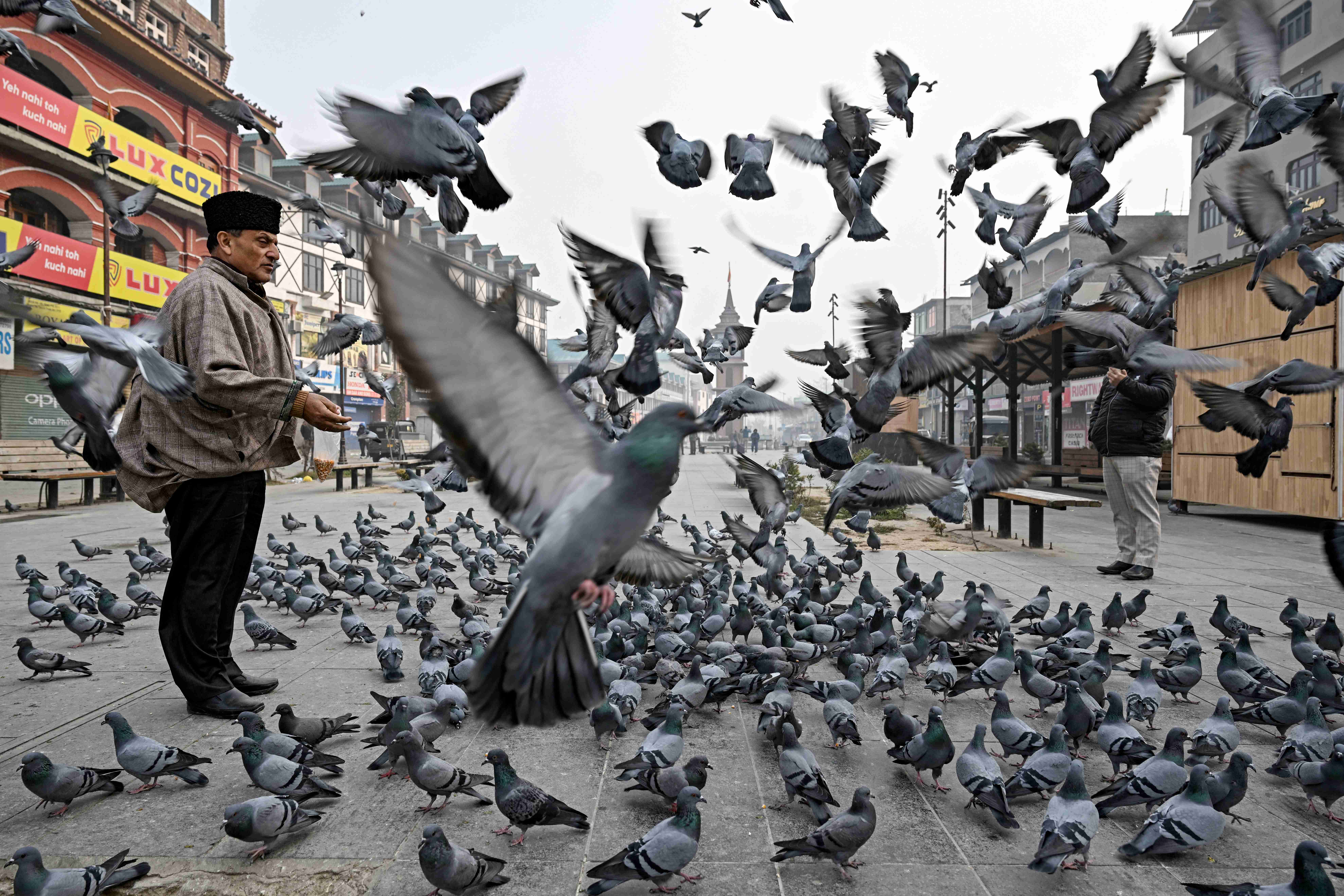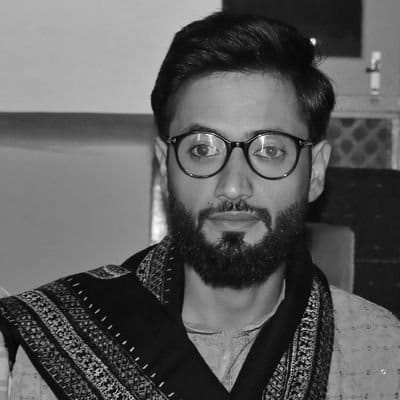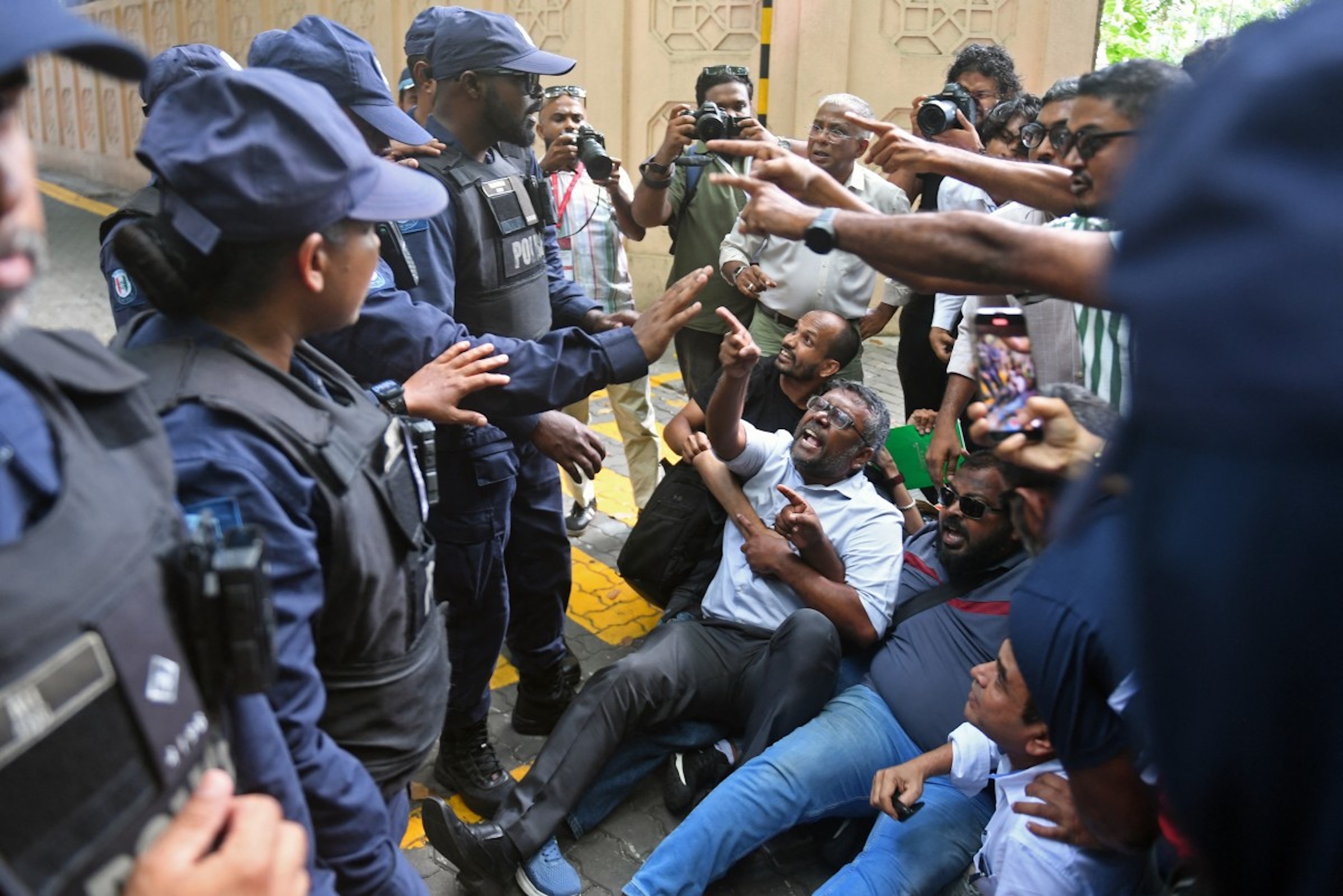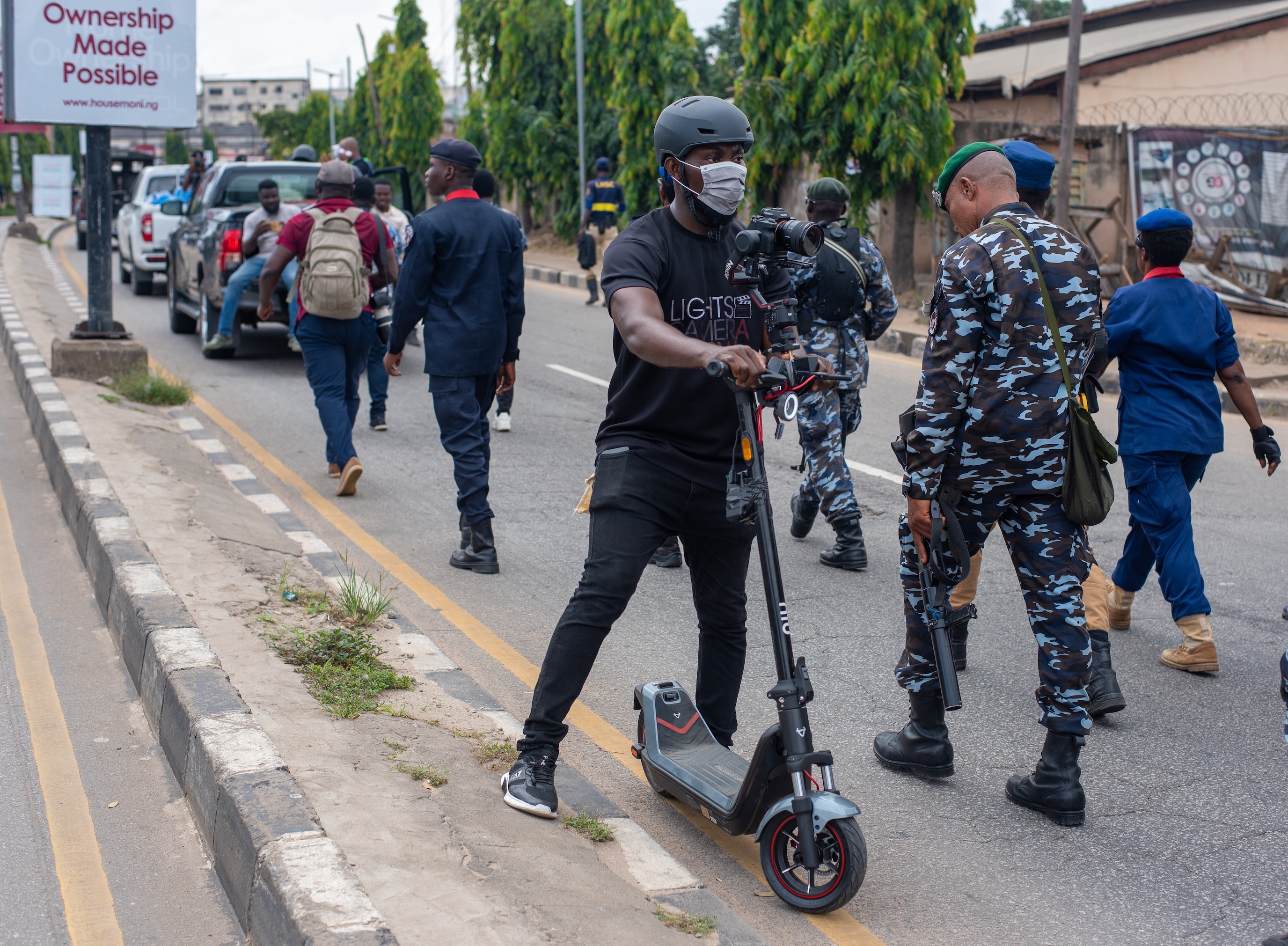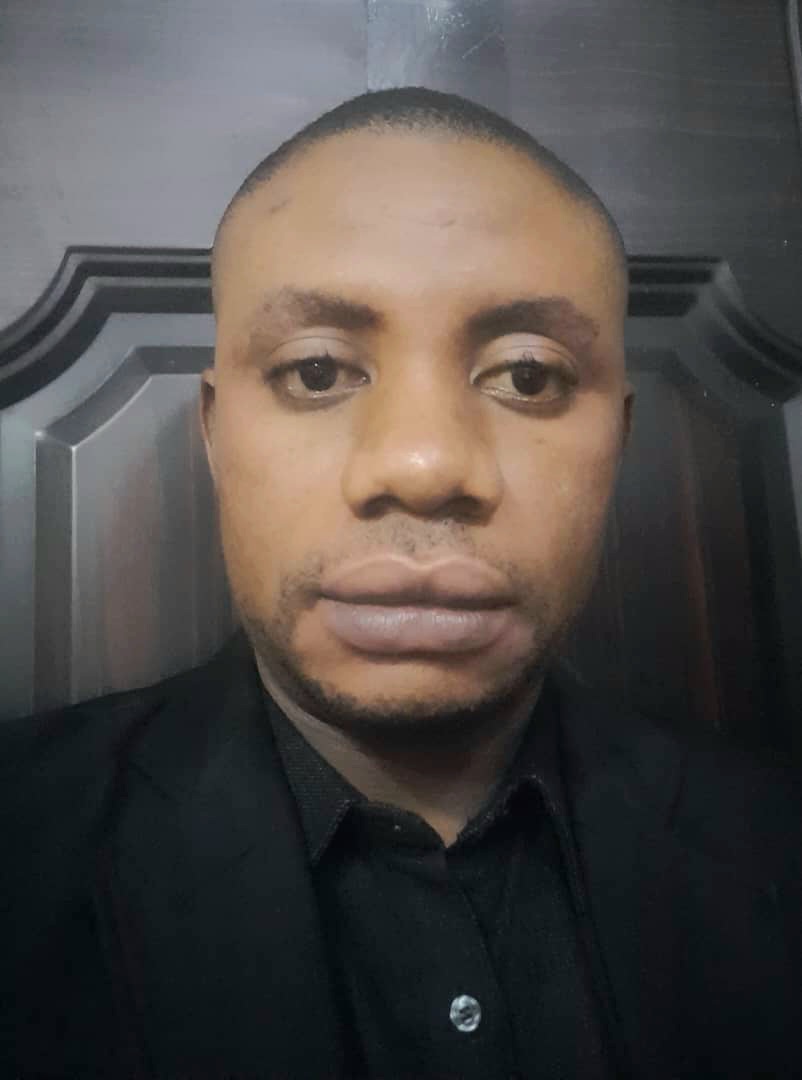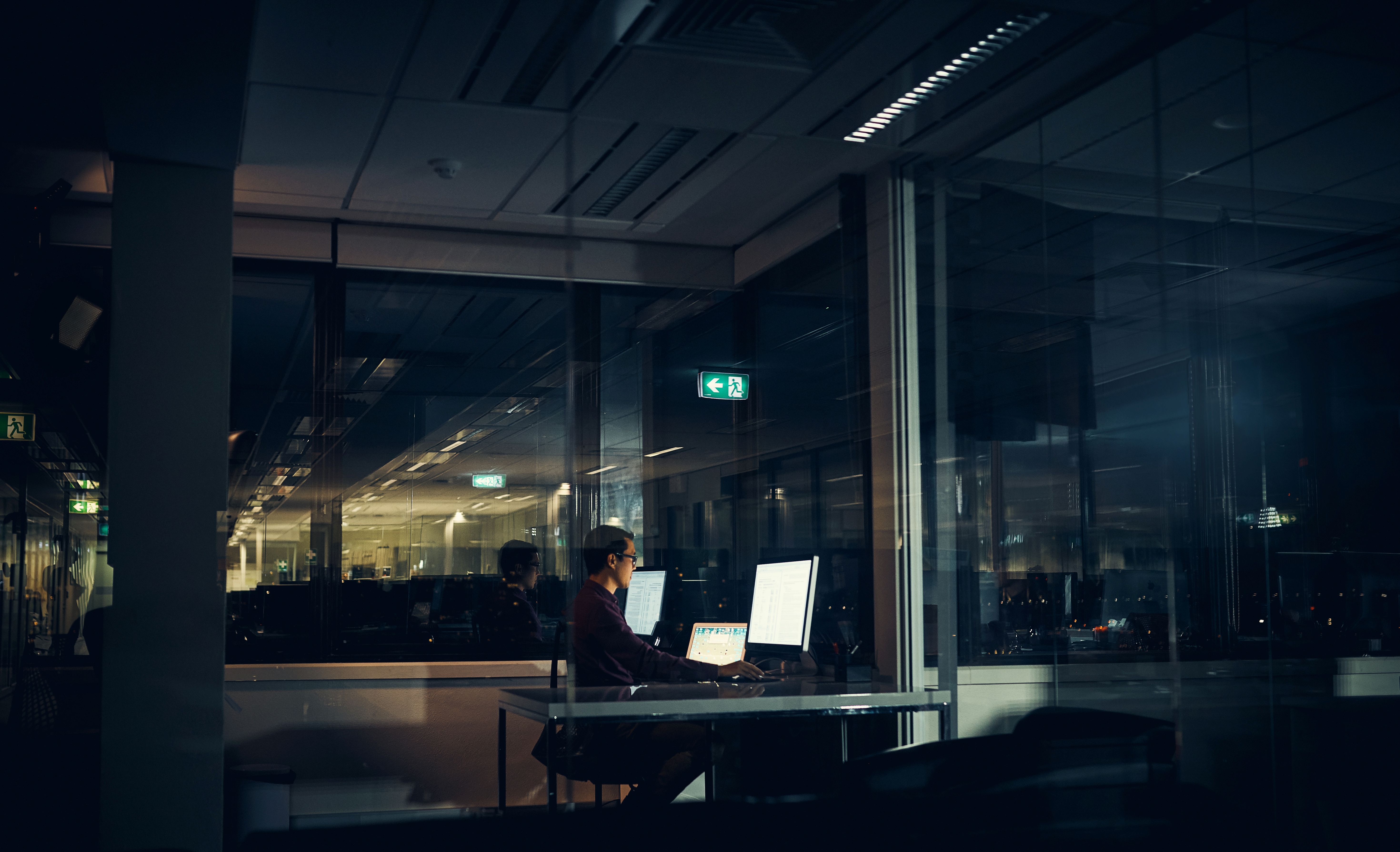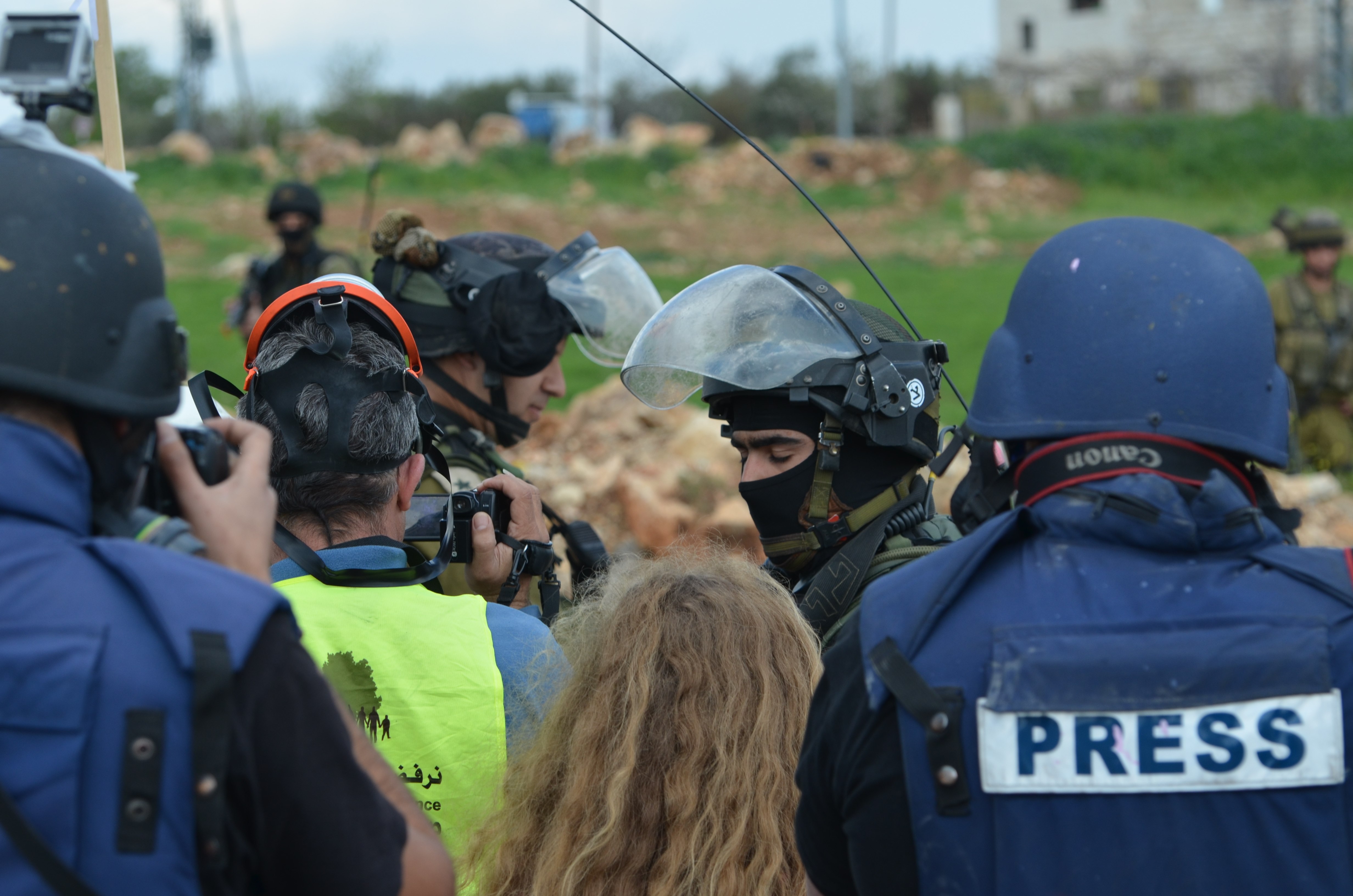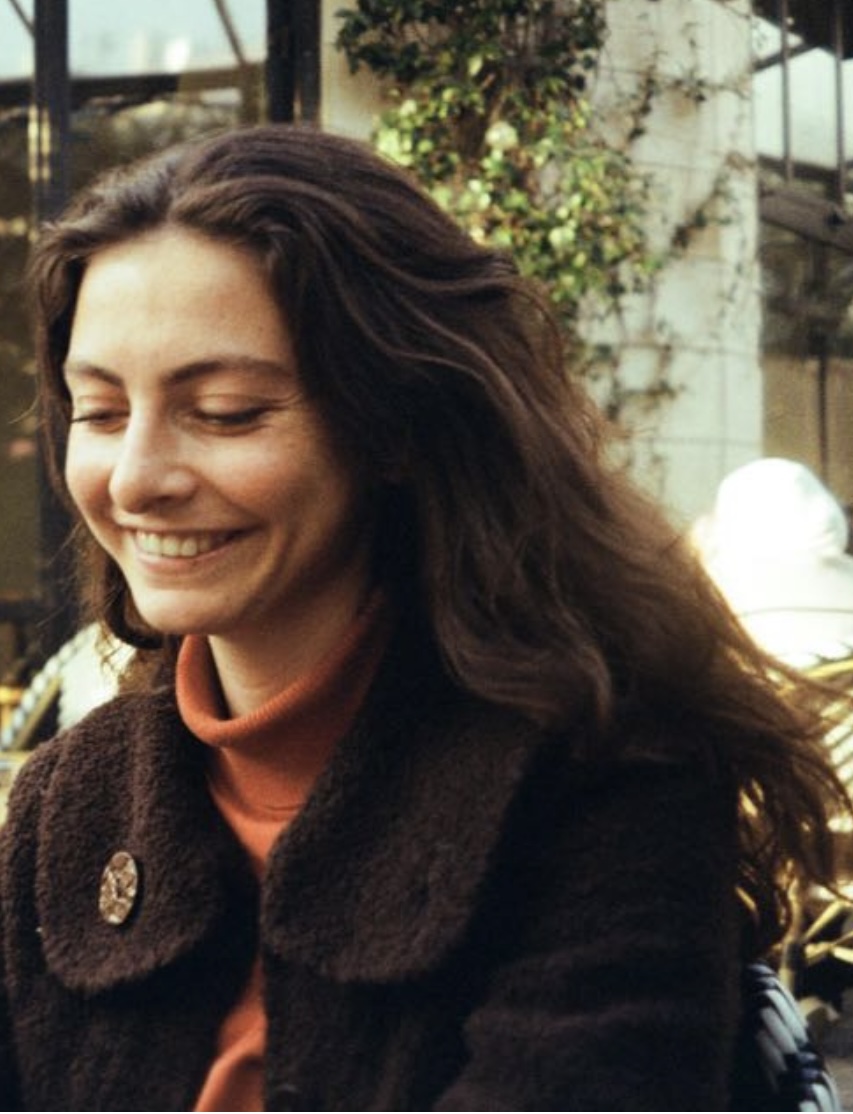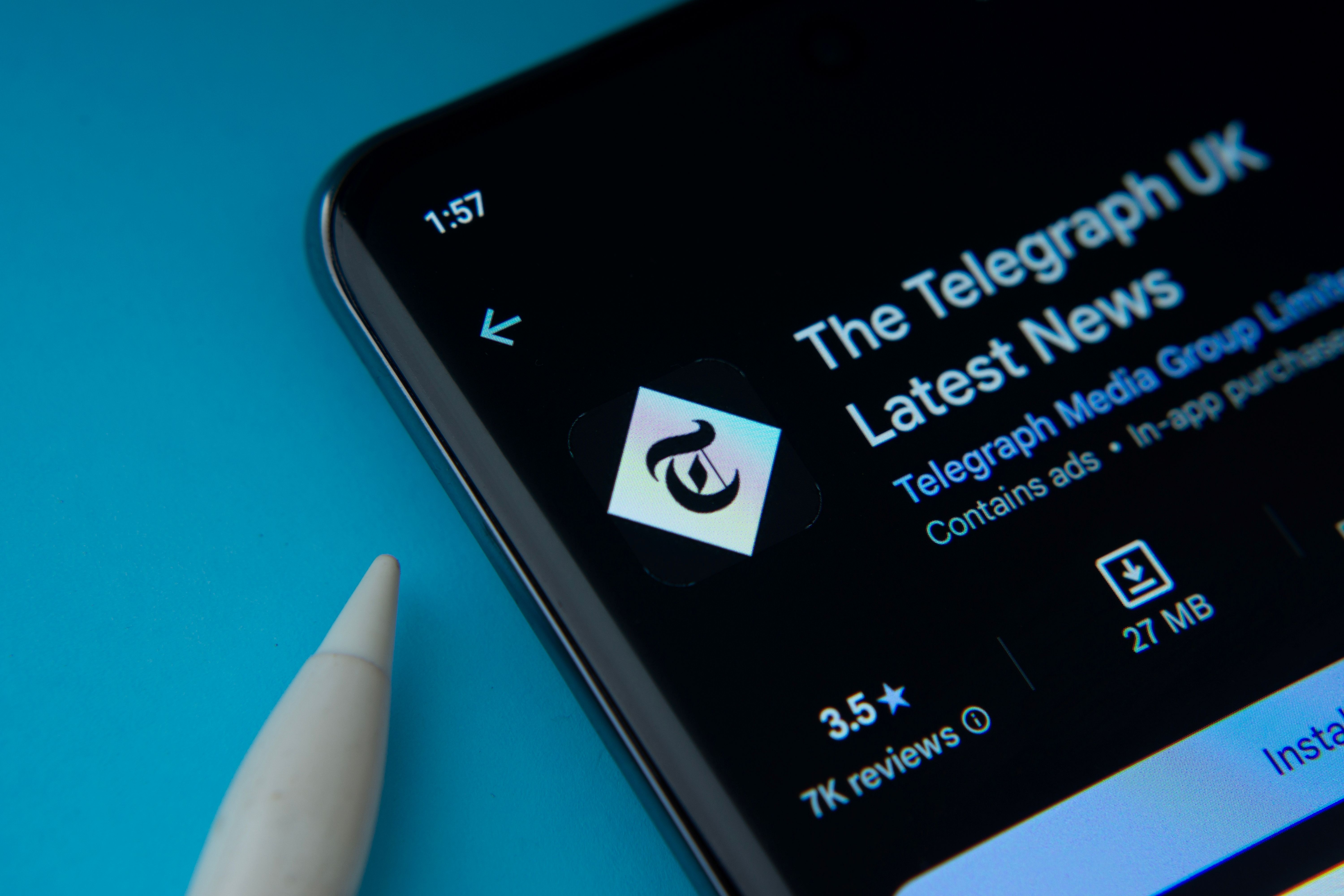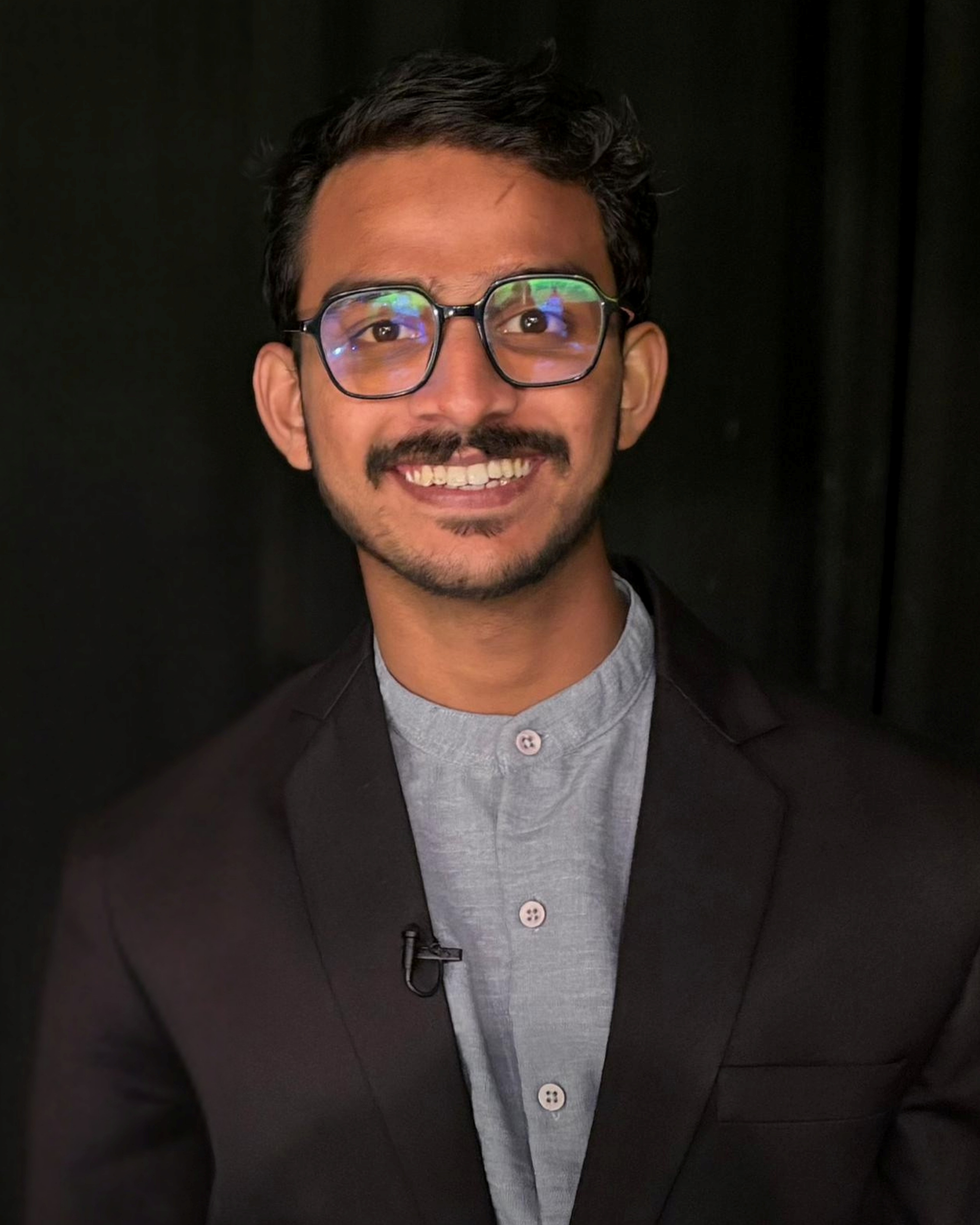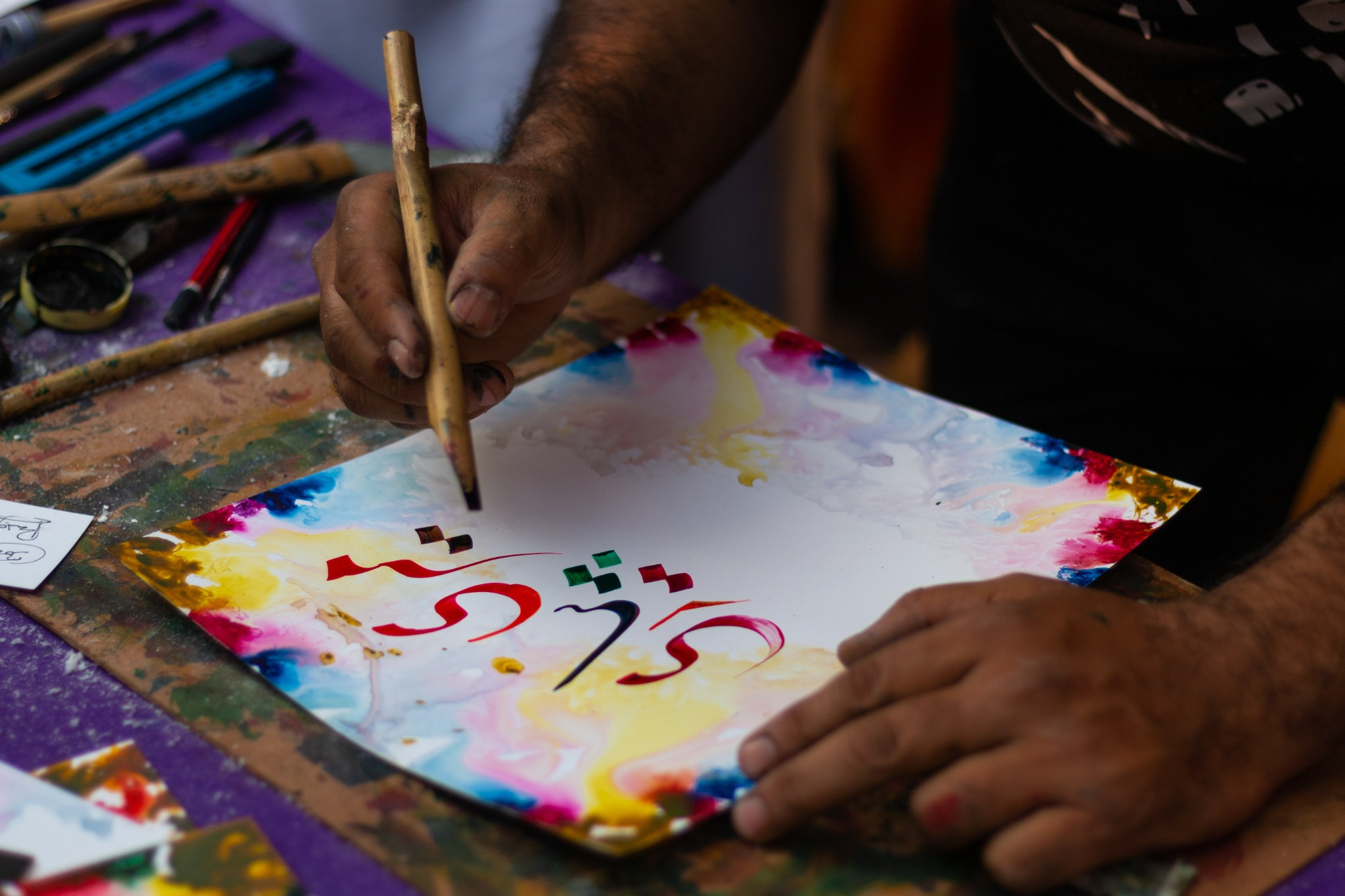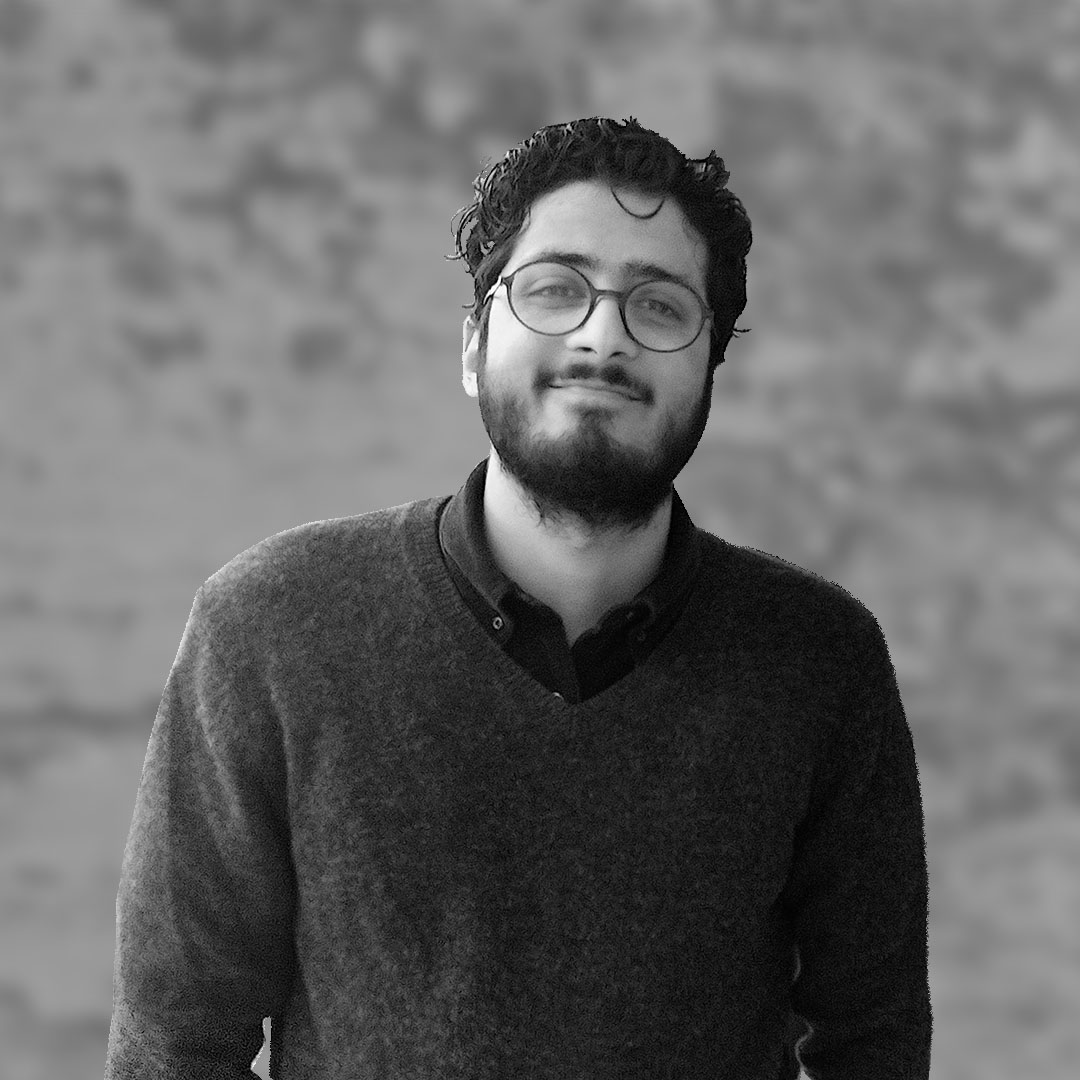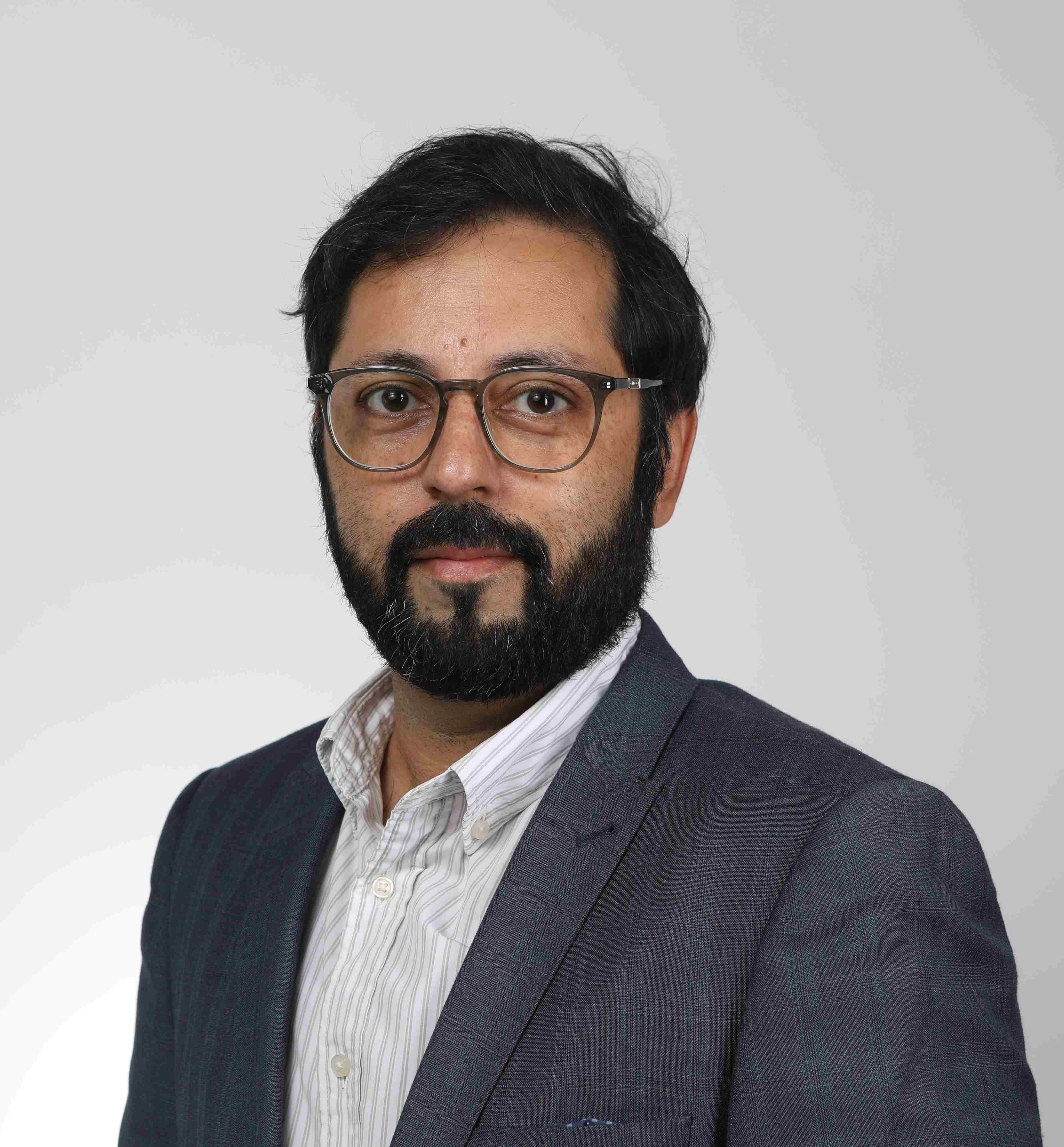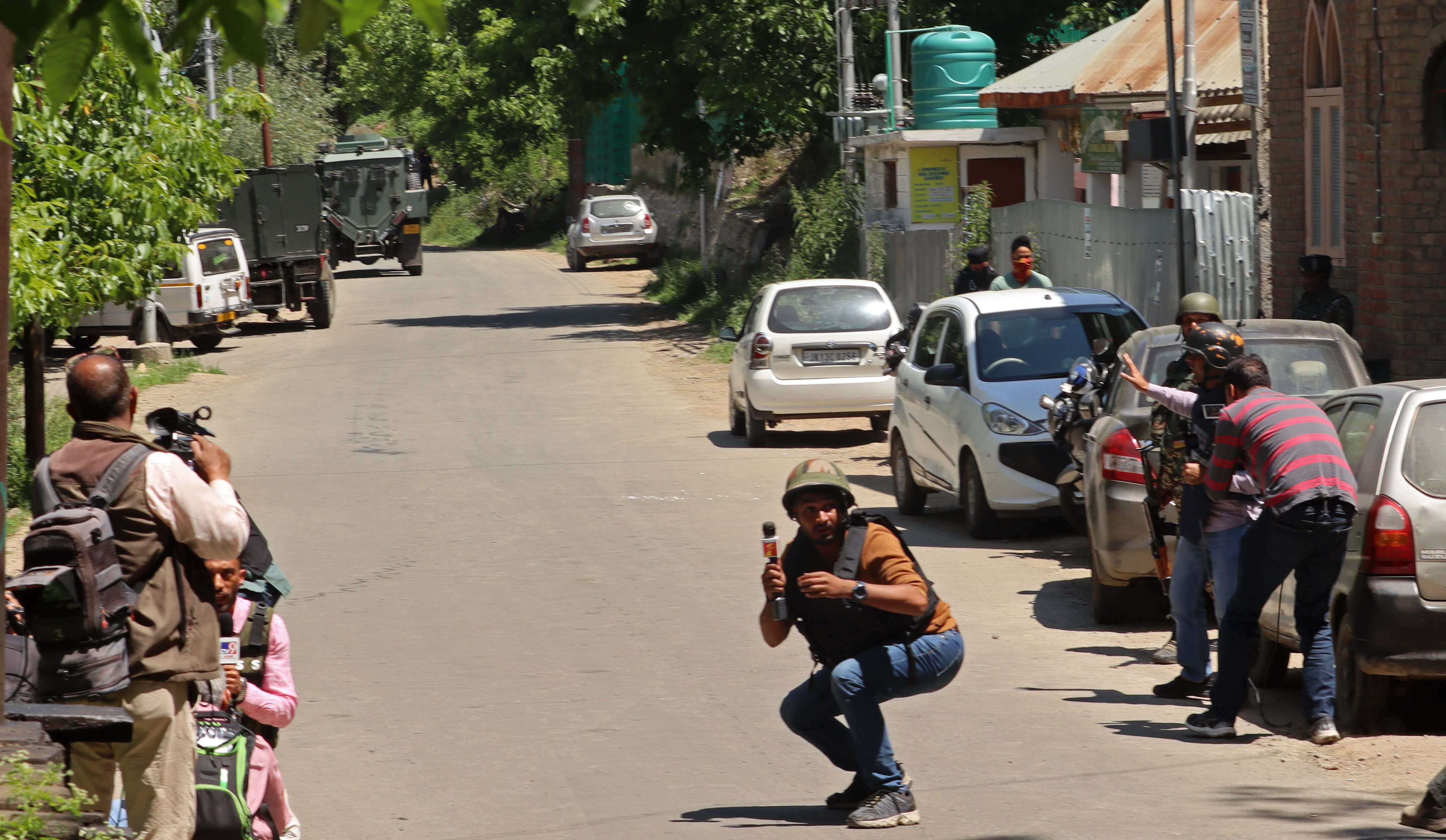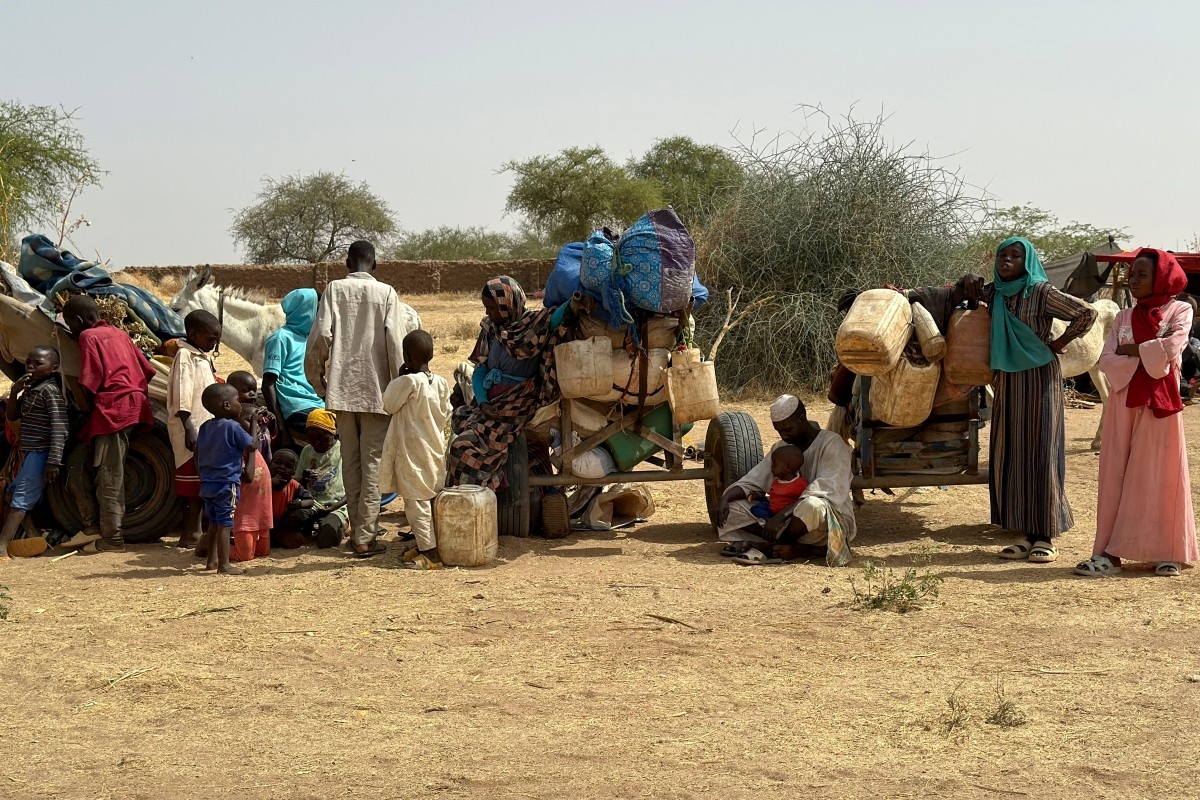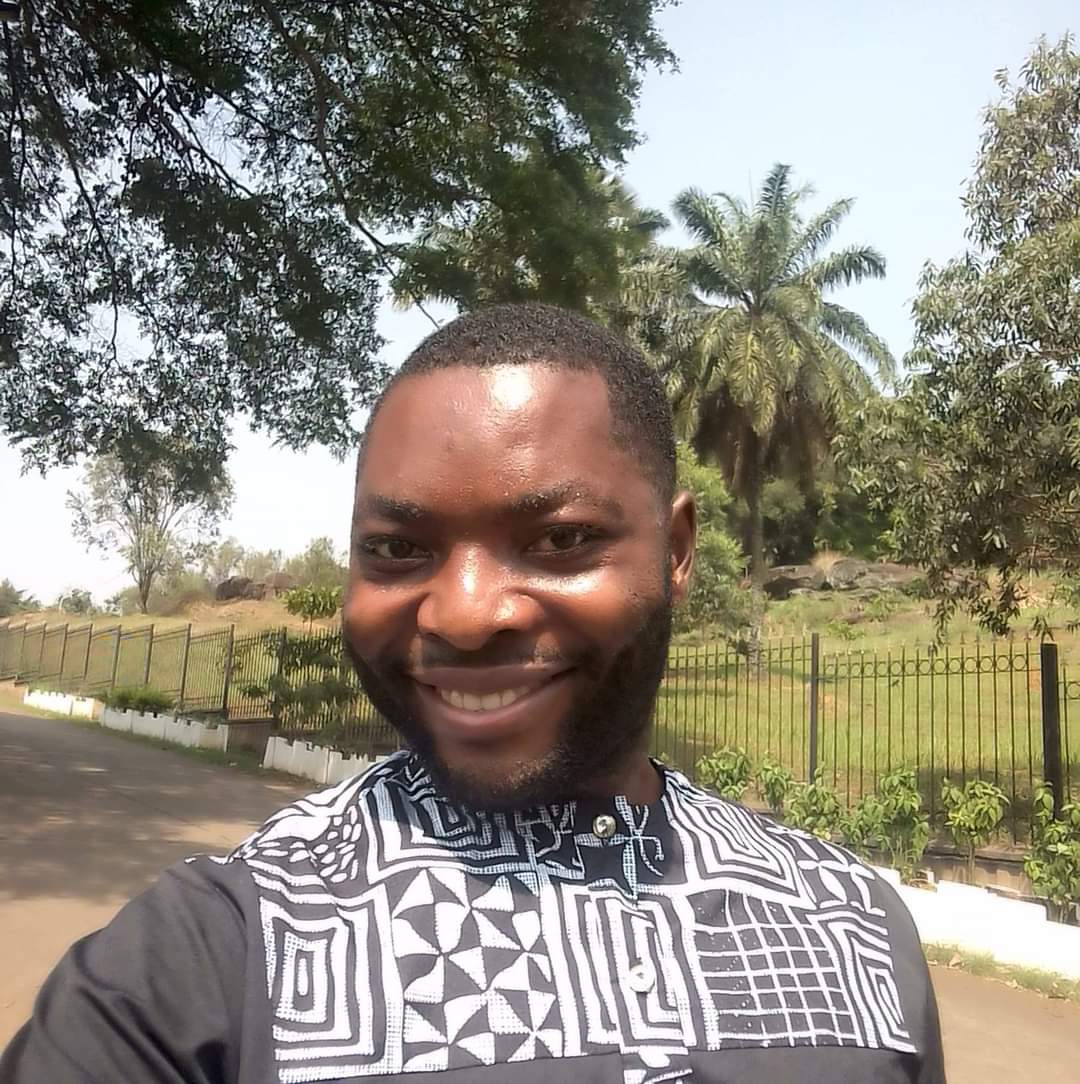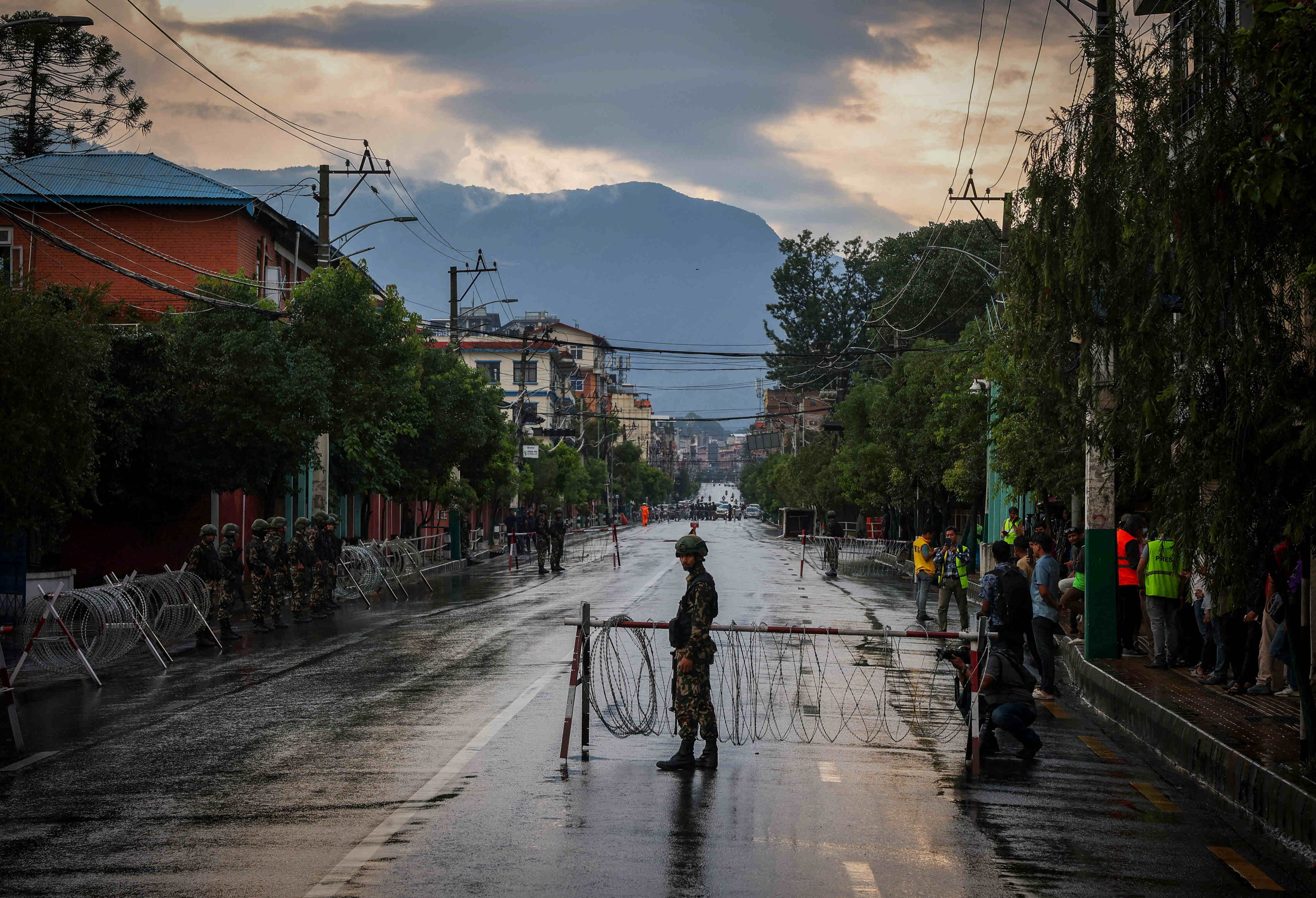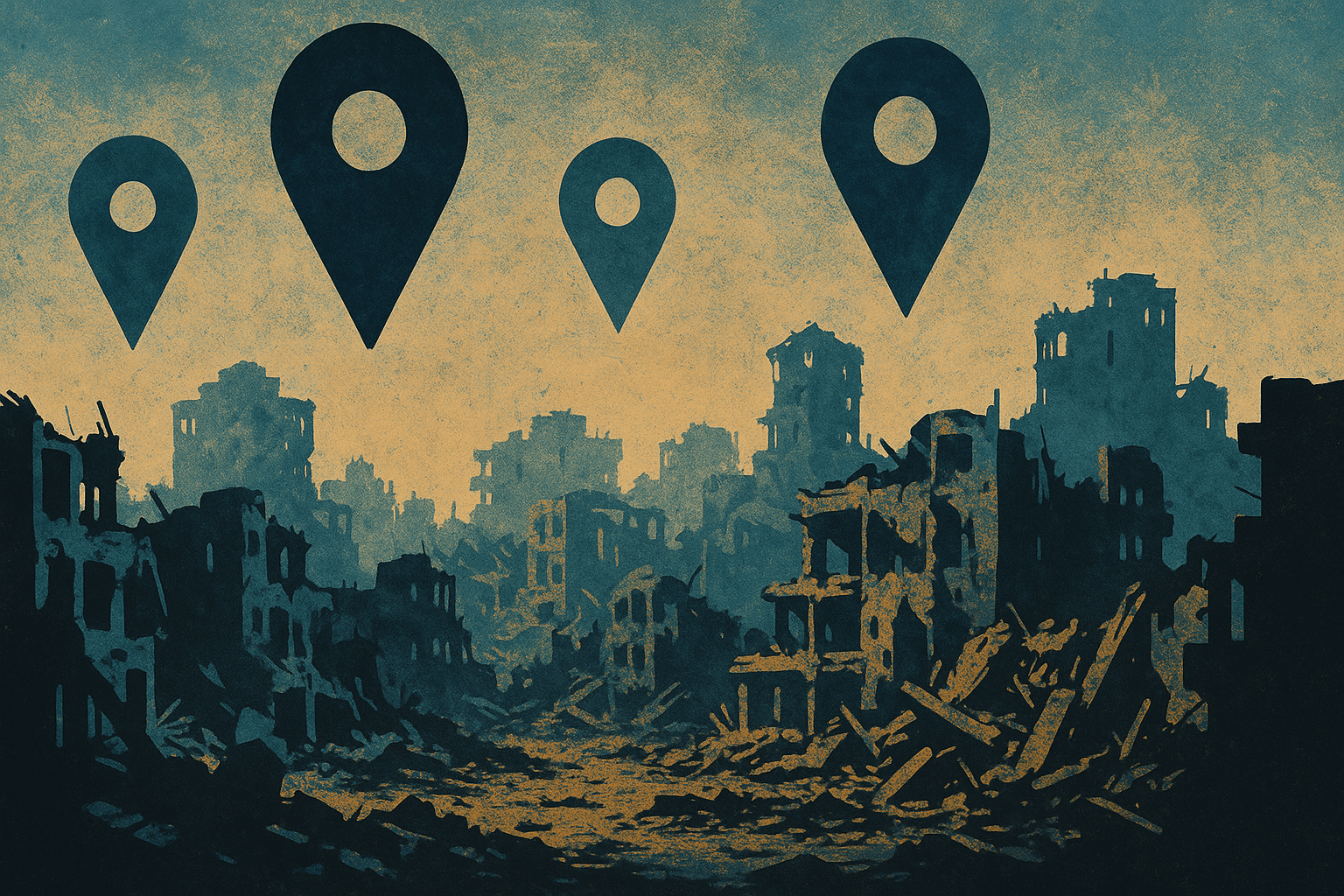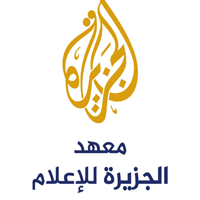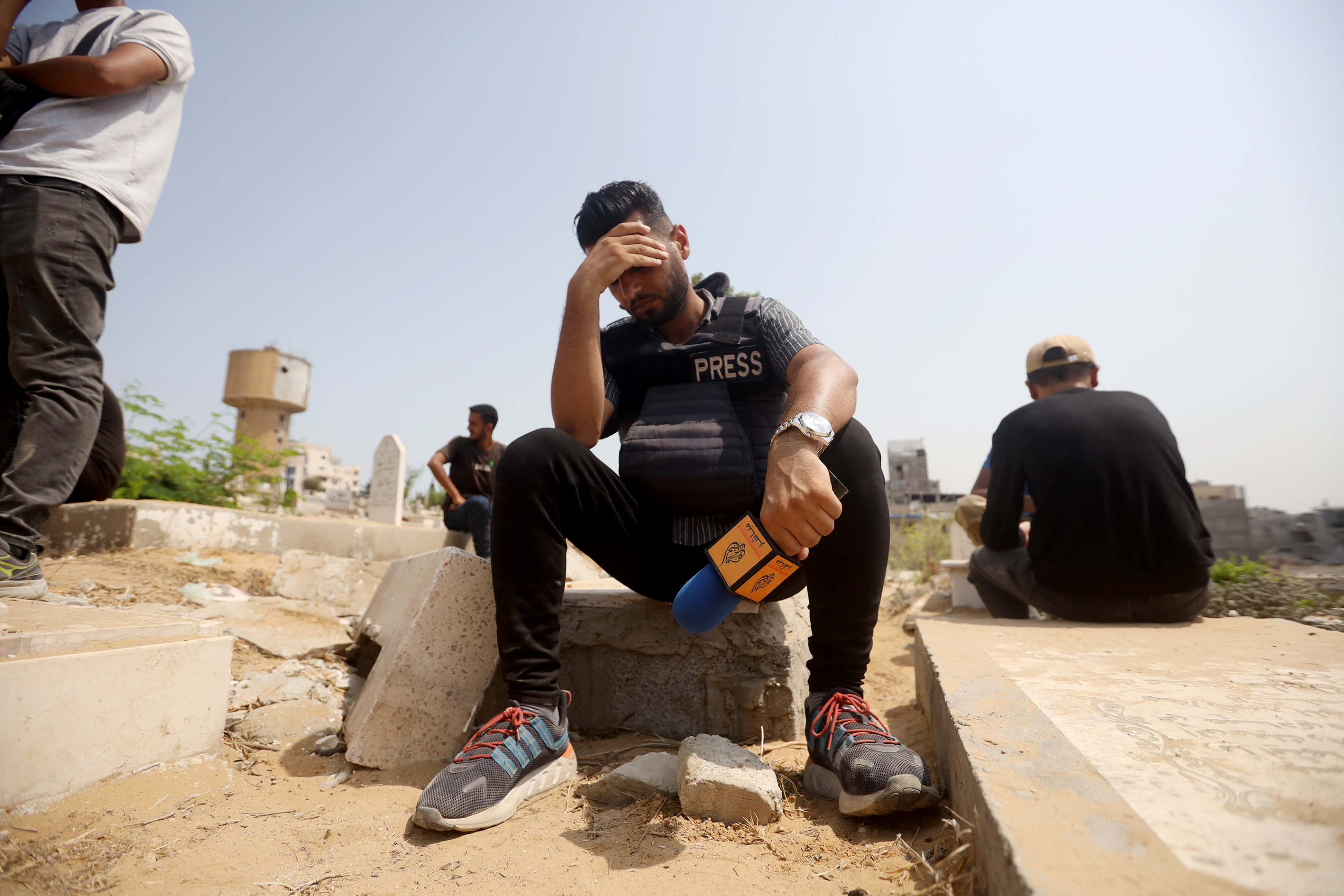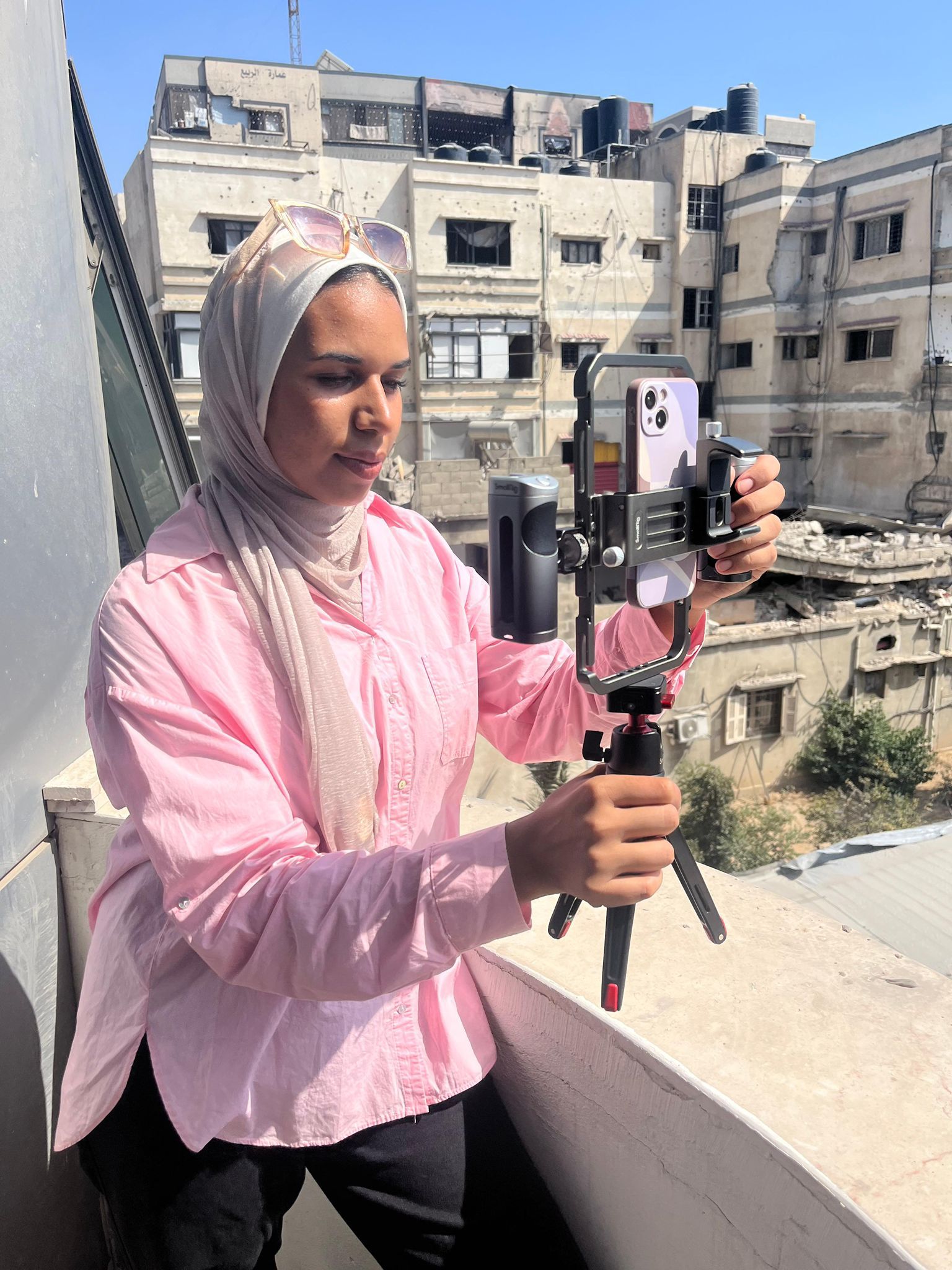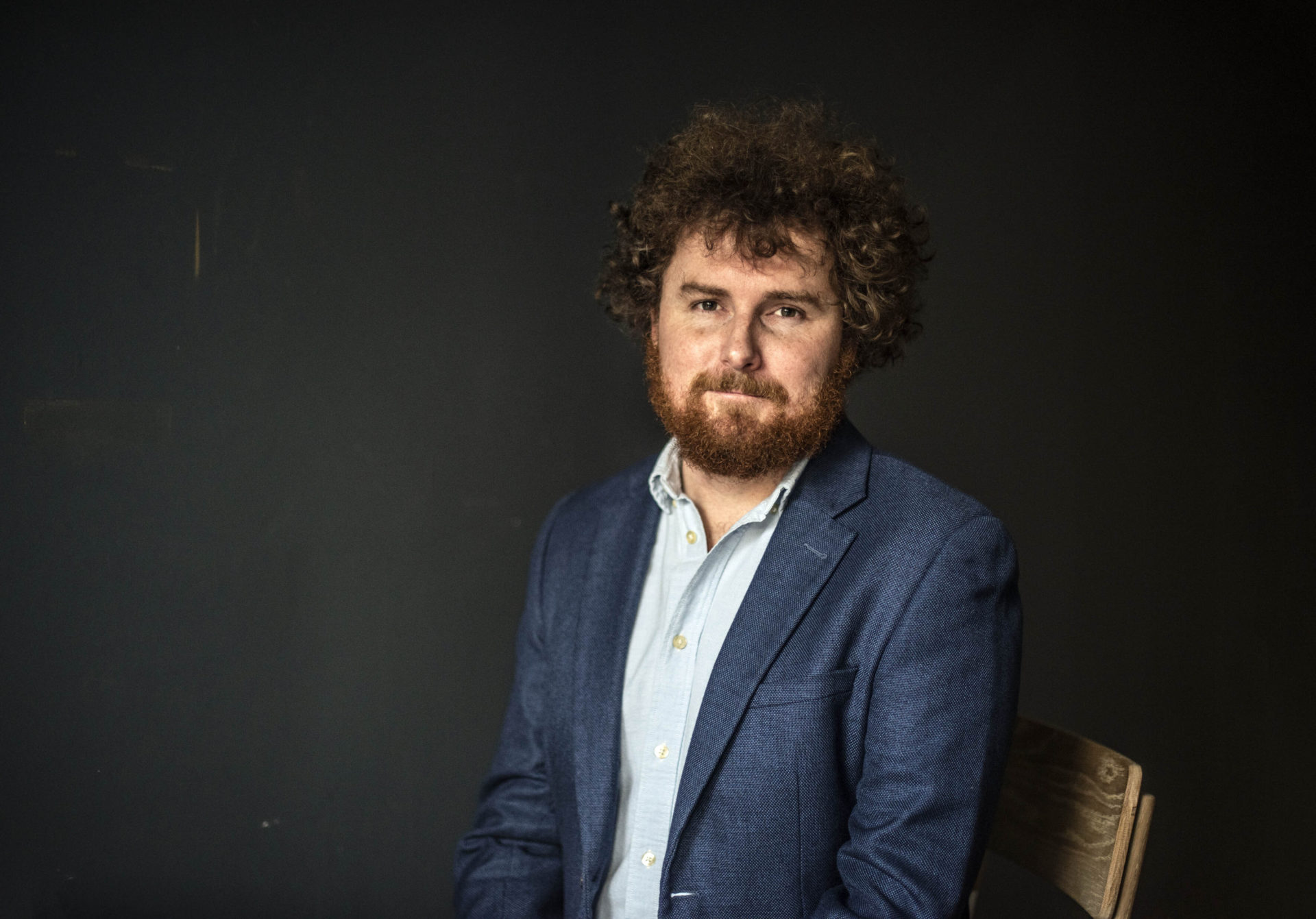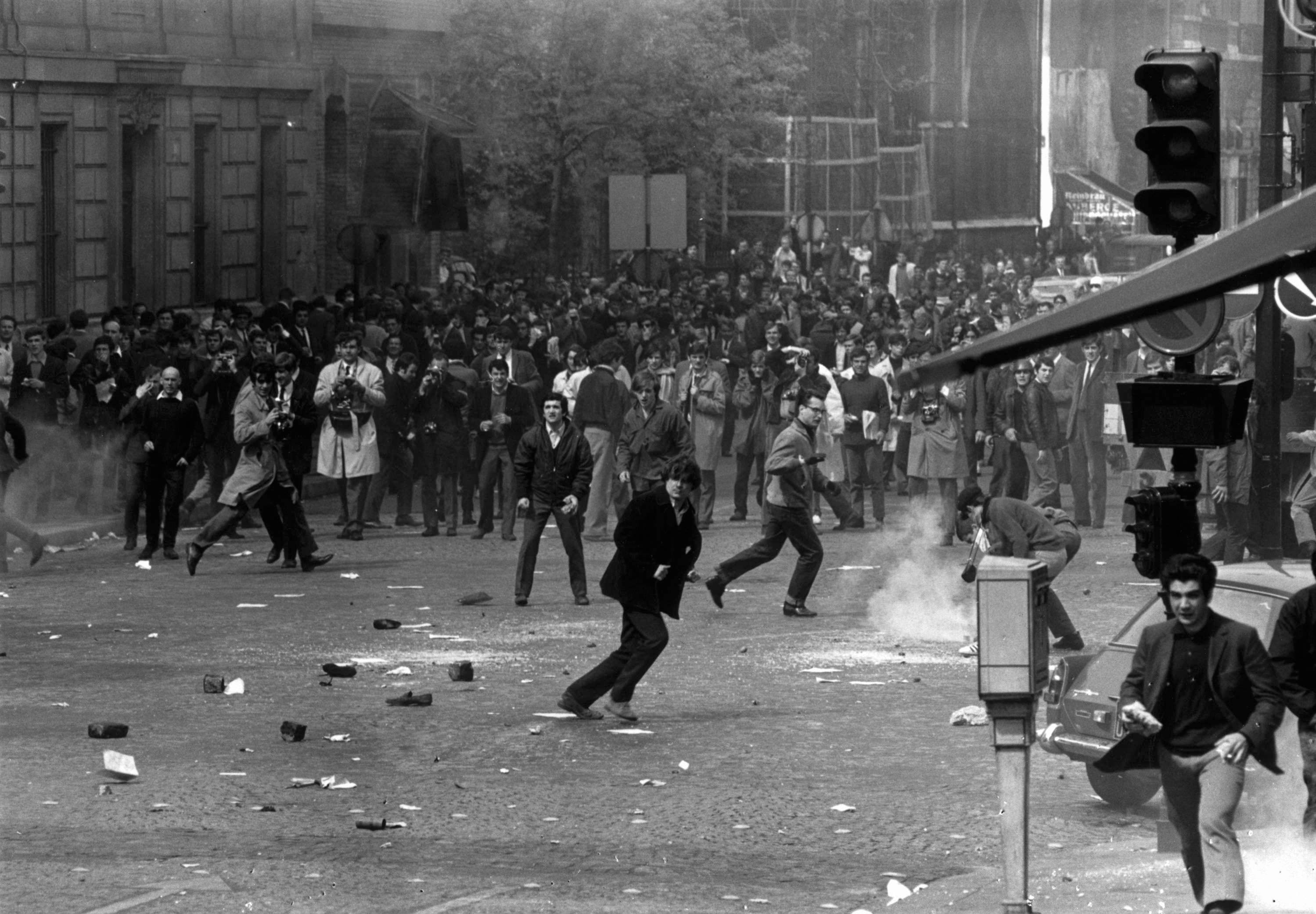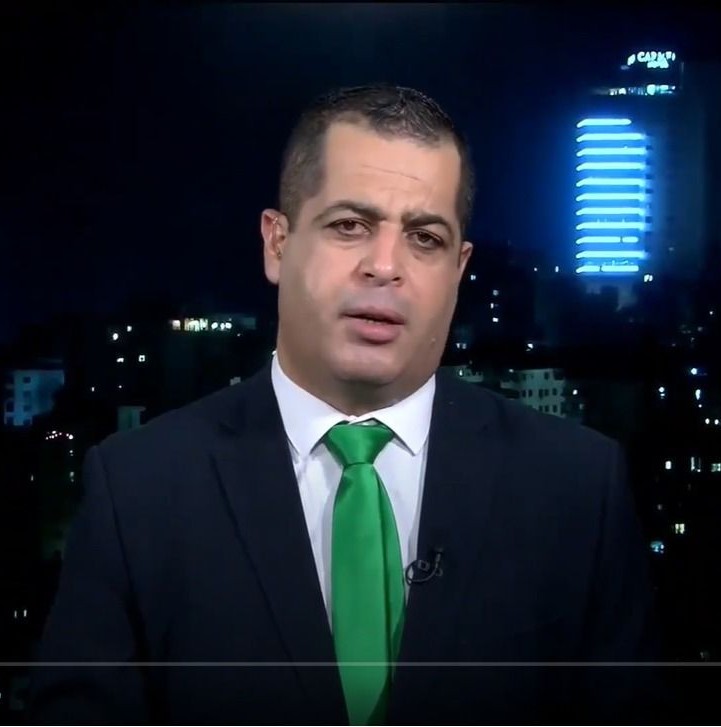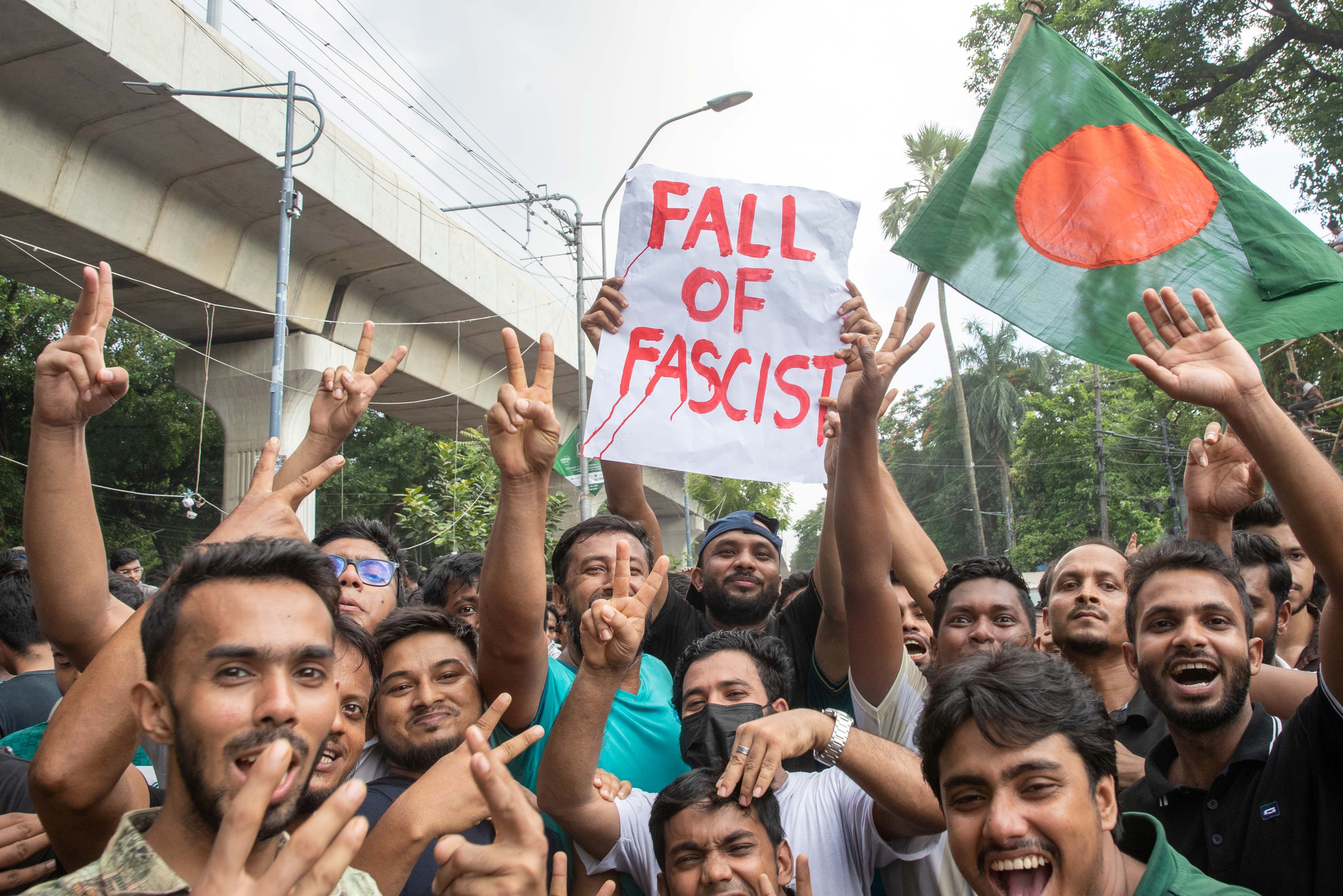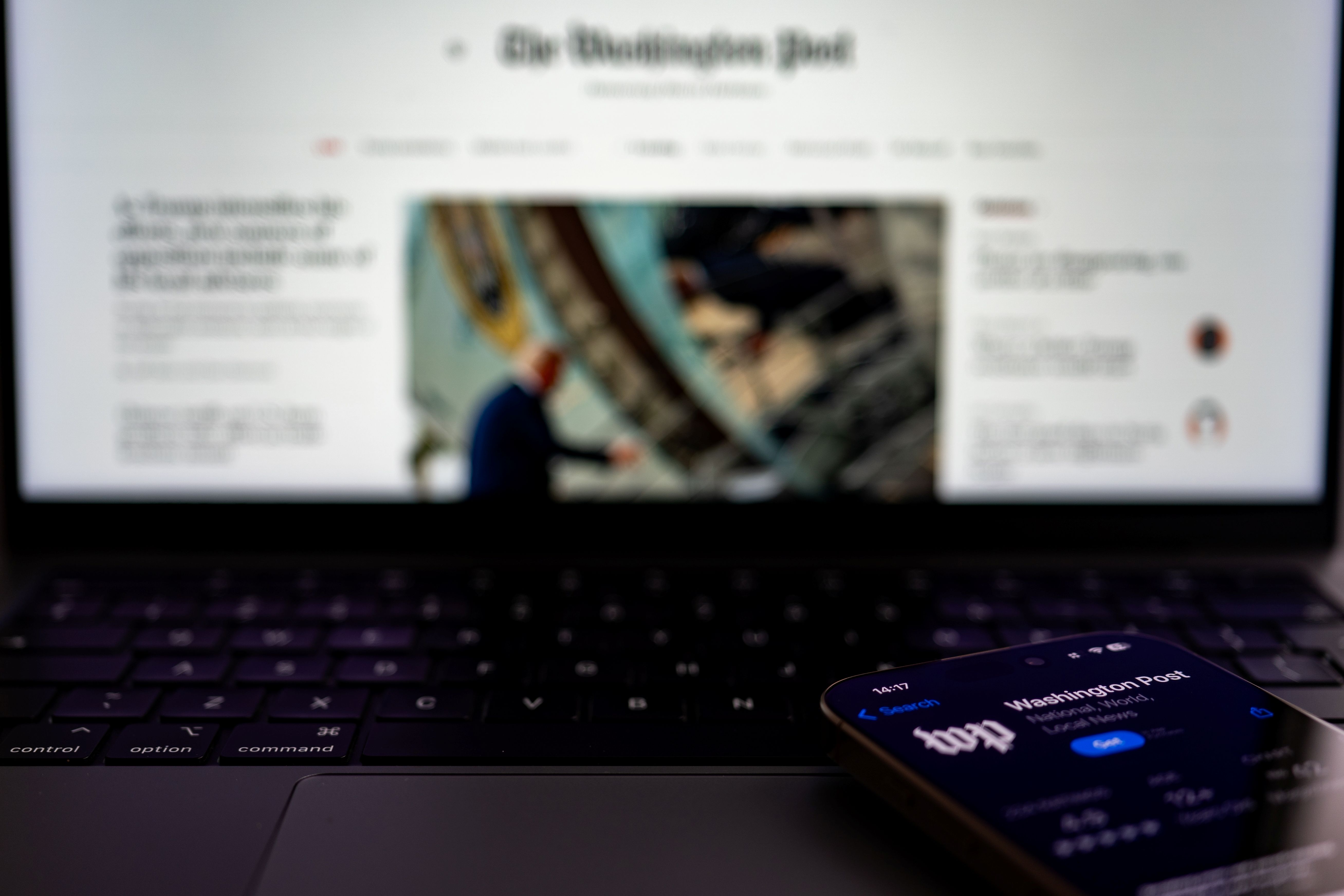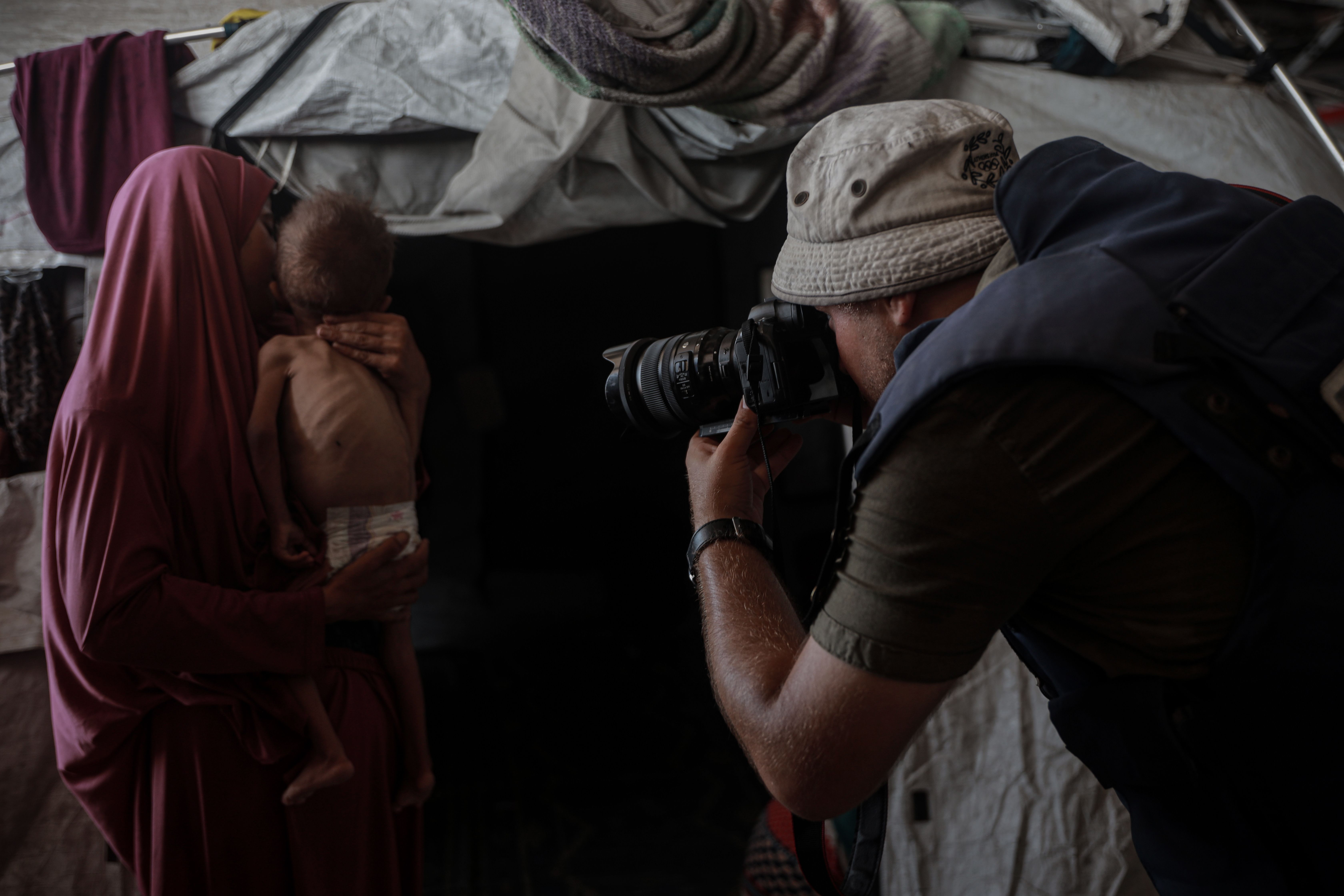تقرير: إيليا غربية وجوي لي
يتساءل كثيرون حول ما نحمله في حقيبة معداتنا عندما نقوم بالتجهيز لمهماتنا، إليك المعدات الضرورية التي يجب أن تكون في الحقيبة.
تتغير طبيعة التصوير بحسب الميزانية، الخطة الزمنية، المكان والقصة، فأحياناً، نعمل ضمن طواقم صغيرة تتضمن المصور الذي يعمل كمعدّ أيضاً، ومساعد الإنتاج أو المترجم، وفي أحيان أخرى، يتطلب العمل مساعد إعداد وعدة منتجين محليين ومصورين آخرين ربما. بالنسبة إلى الوقت، فإننا ننهي التصوير بشكل كامل خلال ثلاثة أيام أحياناً، وفي أوقات أخرى نحتاج لخمسة أو ستة أيام.
عادة ما تكون أيام العمل لدينا مضغوطة ولكن برامجها تكون مدروسة من حيث حجم الطاقم وتواريخ التصوير والمعدات. علينا دائماً تحديد وتنظيم كل شيء منذ بداية التخطيط للمهمة، للتأكد من امتلاكنا للمعدات التي ستدعمنا لتصوير القصة بشكل فعّال.
فيما يلي عرض لما نستخدمه من معدات وكيفية استخدامها:
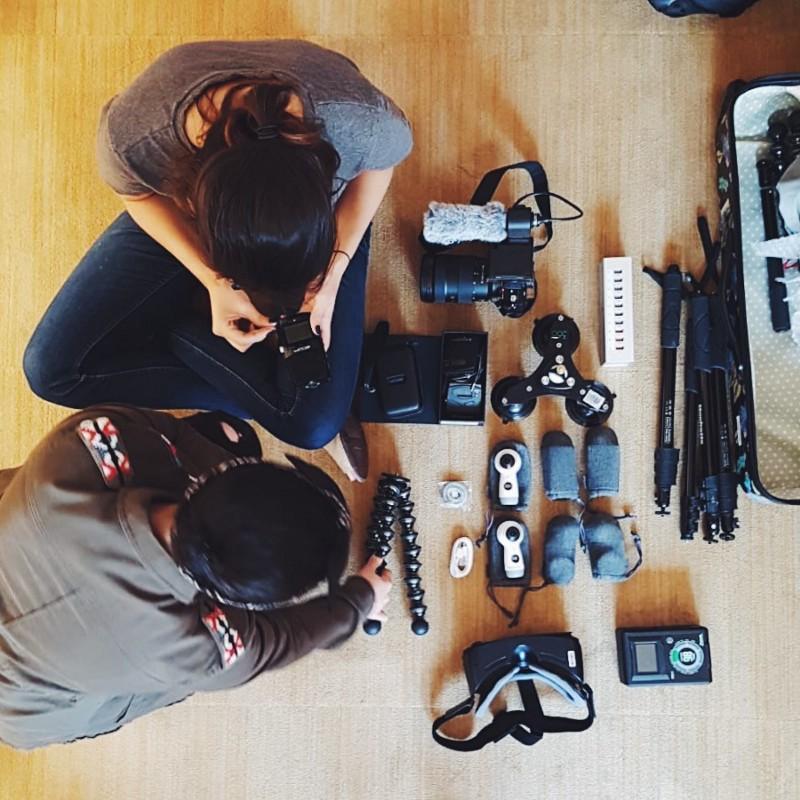
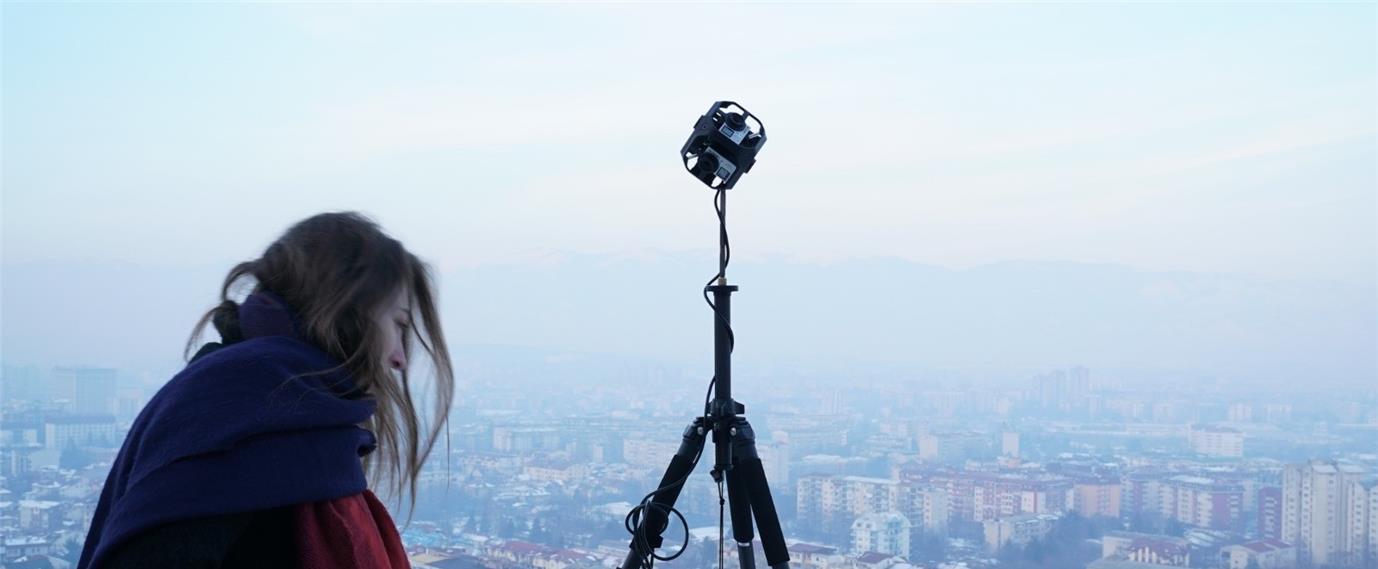
أولاً، لتجهيز كاميرا 360 درجة:
عادة ما نستخدم كاميرا/جهاز "GoPro Omni"، على الرغم من أننا استخدمنا "Nokia Ozo" (لتصوير "أنا روهينجا" و "النفط في جداولنا")، بالإضافة إلى "Samsung Round" (لتصوير "أحلام في الزعتري" و "سنصل إلى السلام").
نصيحة: عادة ما نحضر معنا جهاز " GoPro Omni"، لأننا وجدنا من خلال تجاربنا أن كاميرا "Omni" يمكن أن تتسبب ببعض الأخطاء في التصوير أو تتوقف عن العمل، خاصة لدى التصوير في المناخات القاسية. لذا، فمن الأفضل دائماً الاحتفاظ بكاميرا ثانية للاحتياط.
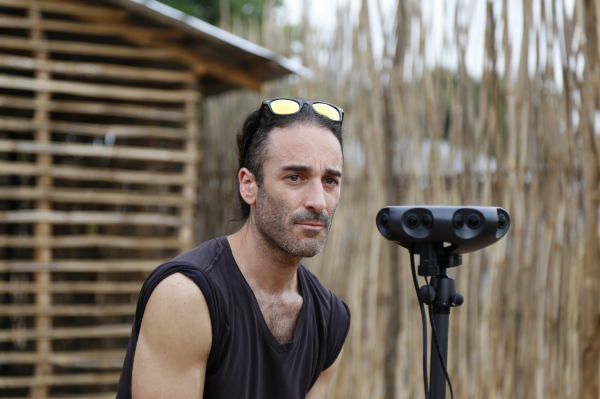
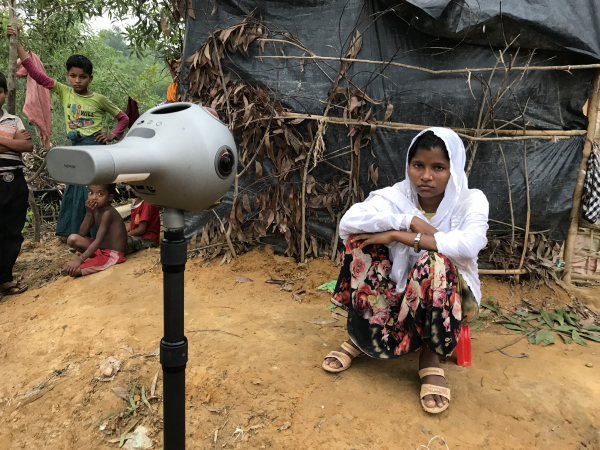
ماذا نستخدم مع كاميرا GoPro Omni:
-
علبة بطاريات: كلما كان ذلك ممكناً، لدينا كاميرتنا موصولة ببطارية خارجية. هذا يقلل من فرصة حدوث خلل في الكاميرا، ويجعلها تعمل لفترة أطول.
-
وصلات للإطالة (انظر الصورة أدناه): هذان القضيبان الفضيان المتصلان بالكاميرا مهمان للغاية. نستخدمها لإنشاء مساحة إضافية بين كاميرا 360 والترايبود، مما يقلل من المساحة المرئية التي سيأخذها الترايبود في اللقطات. هذا سيسهل عليك كثيراً عملية إخفائه في مرحلة ما بعد الإنتاج.
-
رأس الترايبود الدائري: إذا كان لديك رأس دائري للترايبود، فإن ذلك سيساعد كثيراً في ضبط الكاميرا بطريقة تتفادى بعدها وجود خطوط مزعجة في المشهد المراد تصويره.
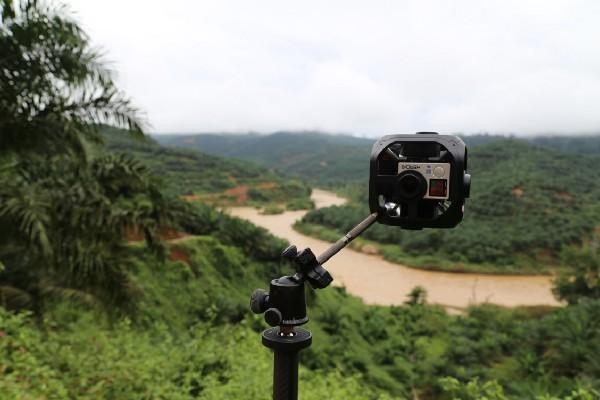
نحرص دائماً على إحضار كاميرا " Samsung Gear 360"، كوننا نحتاج في بعض الأحيان كاميرا أخف وأصغر حجماً، وانطلاقاً من الحاجة إليها، نحضر اثنتان منها. لقد استخدمناها بطرق مختلفة في مواقف مختلفة، على الرغم من أن جودة هذه الكاميرا أقل بكثير من " GoPro Omni"، إلا أنها مفيدة بشكل خاص في بعض المواقف التي قد تعرّض الكاميرا للتلف. لقد استخدمنا "Samsung Gear 360" في تصوير فيلم "لآلئ الماضي" (حين قمنا بوضع الكاميرا في غلاف مضاد للماء) إضافة إلى لقطات الطائرة من دون طيار في فيلم "أجبروا على الهروب" وفي الوثائقي القادم من مقدونيا.
الترايبود:
لدينا مجموعة متنوعة من الخيارات هنا، بالطبع، لدينا ترايبود الكربون المضغوط الأساسي. وإذا احتجنا إلى الحصول على لقطات عامة للموقع b-roll (مثل اللقطة في فيلم "الواحات المختفية")، سنستخدم "monopod" بارتفاع يصل إلى 180 سنتيمتراً، يمتاز بخفة الوزن كما أن إخفاءه في مرحلة ما بعد الإنتاج سهل للغاية.
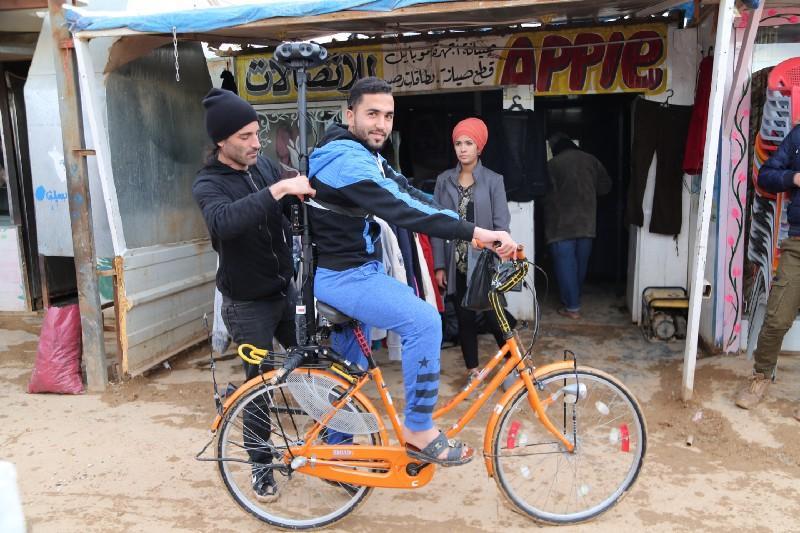
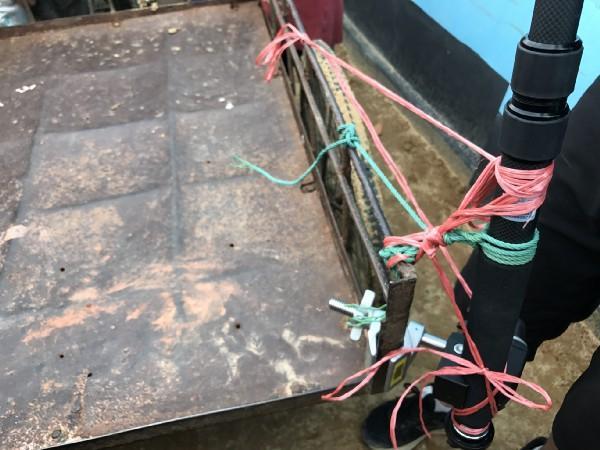
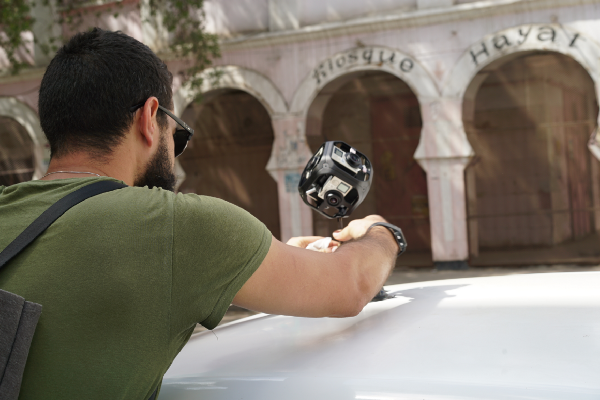
للحصول على لطلقات إبداعية، استخدمنا السيارة (مثال ذلك مشهدنا الافتتاحي للفيلم من جيبوتي)، أو مشبك الدراجة للقطات كما هو الحال في فيلم"أحلام في الزعتري"، أو المشبك الذي وصلنا به الكاميرا بعربة جر داخل مخيم الروهينجا للاجئين.
على الرغم من أنك لا تريد المبالغة في هذه اللقطات، إلا أنها يمكن أن تكون خروجاً لطيفاً عن نمط اللقطة الثابتة المعتادة وإنشاء حركة ديناميكية في الفيلم.
للصوت، ماذا نحتاج؟
اعتماداً على التصوير، نأخذ معنا عادة 2-4 ميكروفونات (نفضل استخدام Sennheiser الكلاسيكي). نصل المايكروفونات بأجهزة تسجيل "Zoom H4N Pro" سواء للأصوات المحيطة أو المقابلات. بخلاف ذلك، إذا كنا نريد التقاط الصوت المحيط بالمكان، فسنستخدم "Zoom H2N" إلى جانب الصوت المدمج بالكاميرا. للحصول على مثال عن كيفية استخدامنا للصوت المكاني، شاهد فيلمنا الوثائقي "لعنة زيت النخيل"، حيث استهلك المنتجون لدينا ساعات الليل كاملة لتسجيل أصوات مختلفة من الغابة.
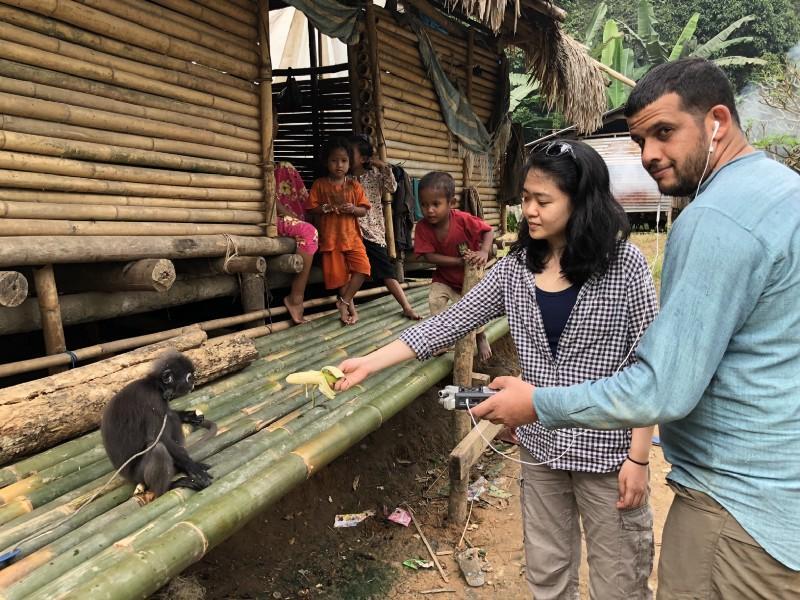
ماذا عن كاميرات الفيديو التي لا تصوّر بتقنية 360 درجة؟
دائماً ما نحاول الحصول على بعض اللقطات في مكان التصوير باستخدام "Sony A7sii" مع عدسة FE 24-70mm f / 2.8 GM.
إلى جانب معدات الفيديو الذي نصوره بتقنية 360 درجة، نحرص على إحضار كاميرا "DSLR" لالتقاط صور ولقطات خلف الكواليس. في بعض الأحيان، نلتقط صوراً بهواتفنا، ولكننا دائماً بحاجة إلى صور عالية الجودة لاستخدامها في ملصقاتنا ومنشوراتنا عبر وسائل التواصل الاجتماعية وغير ذلك.
لهذا، نحن نستخدم "Sony A7sii"، وعدسة FE 24–70mm f / 2.8.
إضاءة، كاميرا… أكشن!

للإضاءة، نلتزم بشكل عام بالإضاءة الطبيعية وتجنب التصوير في الظلام. ومن المؤكد أن "GoPro Omn" ليست الأفضل للتصوير في حالات الإضاءة الخافتة، نظراً للضوضاء المرئية التي ستتشكل بفعل قلة الإضاءة.
لذلك، أضفنا مؤخراً إضاءة LED المحمولة الجديدة إلى مجموعتنا – ونحبها، إذ أنها خفيفة للغاية، والجزء الأفضل هو أنها مرنة بحيث يمكنك ثنيها بأي طريقة. لإخفائها عن الكاميرا، يمكنك لفها حول قاعدة monopod.
يمكنك استخدامها لتضيء المساحات الداكنة في المساء، أو حتى استخدامها خلال النهار لمزيد من الضوء على المناطق الداكنة في اللقطة.
إلى جانب المعدات الواضحة مثل الكاميرات ومعدات الصوت والترايبود والإضاءة، إليك قائمة بأدوات أخرى مهمة:
-
تمديدات إضافية (المذكورة أعلاه في مجموعة أدوات الكاميرا 360 درجة - نستخدمها لتطويل المسافة بين الكاميرا والترايبود، مما يقلل من المساحة المرئية التي سيأخذها الترايبود في اللقطات).
-
بطاريات AA إضافية (لـ Sennheiser Lav mics وZoom H2N و Zoom H4N)
-
2–3 قماش تنظيف العدسات (لمسح جميع عدسات الكاميرا في كاميرا VR)
-
منفذ لوحة وصل USB (لنسخ كافة بطاقات الذاكرة الخاصة بكاميرا VR، بالإضافة إلى شحن معدات إضافية)
-
قارئات بطاقة الذاكرة الرقمية
-
شريط لاصق
-
سماعات (للتحقق من مستويات الصوت)
-
حاسوب محمول
-
لوحة متعددة المداخل لشحن الأجهزة والبطاريات
-
أقراص HD خارجية (نقوم بإحضار اثنان بسعة 2 تيرابايت من نوع Lacie، أحدهما رئيسي والآخر كنسخة احتياطية).
إذن، أصبح لديك الآن كل ما نقوم بتحضيره وحزمه في واحدة أو اثنتين من حقائب الظهر الخاصة بالمعدات والمهمات. بعد إلقاء نظرة على مجموعتنا، هل تعتقد أن هناك أي معدات أساسية نفتقدها؟ شاركنا بذلك؟


